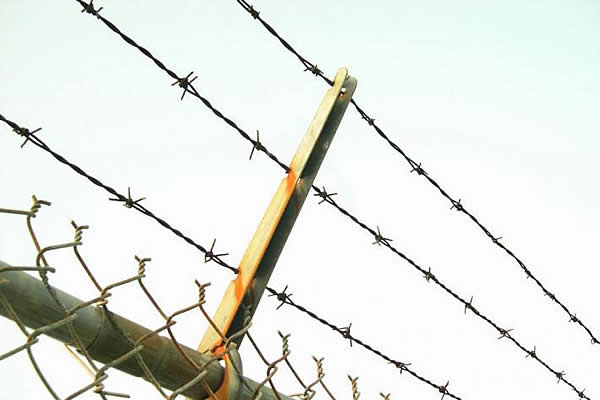 TEL:
+86-13102802206
TEL:
+86-13102802206
 Email:
fencenetting@china.com
Email:
fencenetting@china.com
 Language
Language
 TEL:
+86-13102802206
TEL:
+86-13102802206
 Email:
fencenetting@china.com
Email:
fencenetting@china.com
 Language
Language


Understanding Welded Mesh Fencing Benefits, Applications, and Installation
Welded mesh fencing, commonly known for its durability and versatility, has gained popularity across various sectors, including agriculture, industrial, and residential projects. This type of fencing consists of wires that are welded together at all intersections, creating a mesh-like structure that offers multiple benefits. In this article, we will delve into the advantages, applications, and installation processes associated with welded mesh fencing.
Benefits of Welded Mesh Fencing
1. Durability and Strength One of the key advantages of welded mesh fencing is its remarkable strength. Made from high-quality steel wires, welded mesh is resistant to impacts and can withstand various weather conditions. This makes it an ideal choice for areas that might experience harsh weather or potential physical damage.
2. Low Maintenance Welded mesh fencing requires minimal maintenance compared to traditional fencing options. Once installed, it does not require frequent repairs or replacements, making it a cost-effective solution in the long run. Occasionally, it might demand a fresh coat of paint or rust protection for aesthetic purposes, but overall upkeep is relatively simple.
3. Versatility There is a wide range of welded mesh fencing available, adaptable to various needs. From residential properties to industrial sites and agricultural fields, this fencing can be customized in height, size, and mesh spacing. It is also available in different materials, such as galvanized or coated steel, allowing for further customization based on environmental exposure and aesthetic needs.
4. Security The robust structure of welded mesh fencing serves as an effective barrier to deter trespassers and animals. Its tight mesh design prevents climbing and minimizes visibility, enhancing security in residential and commercial properties. Additional features such as barbed wire can be incorporated for heightened security in more sensitive areas.
5. Visibility and Airflow Unlike solid fences, welded mesh fencing allows visibility and airflow while providing a level of security. This characteristic is particularly useful in agricultural settings where visibility is important for monitoring livestock or crops. It also ensures that natural light reaches gardens and outdoor spaces.
Applications of Welded Mesh Fencing
Welded mesh fencing has a multitude of applications across different domains
- Agriculture Farmers often use welded mesh fencing to protect crops from animals or to form enclosures for livestock. Its durability ensures it withstands the demands of farm life while also preventing animal escape.
- Industrial In industrial settings, welded mesh fencing is used to secure perimeters and protect equipment and materials
. It is often employed in warehouses, factories, and construction sites to delineate areas and control access.
- Residential Homeowners choose welded mesh fencing for garden boundaries or pool enclosures. Its customizable options make it aesthetically pleasing while ensuring safety and security.
- Sports Facilities Many sports facilities use welded mesh fencing for enclosing fields, courts, or tracks. It provides a secure environment for players while allowing spectators to view the action.
- Public Spaces Parks and recreational areas often utilize welded mesh fencing to create enclosures for playgrounds or pet areas, ensuring safety while maintaining visibility for parents and guardians.
Installation Process
Installing welded mesh fencing can be a straightforward task, but it is essential to follow specific steps for optimal results
1. Planning and Measurement Determine the area that needs to be fenced and measure the length and height required. Consider local regulations that may impact your project.
2. Materials Preparation Gather all necessary materials, including welded mesh panels, posts, concrete (if anchoring your posts), nails, and tools for installation.
3. Post Installation Begin by marking the locations for the posts. Dig post holes according to the specifications for your fencing, typically about a foot deep. Place the posts in position and secure them with concrete for stability.
4. Attaching the Mesh Once the posts are set and dried, start attaching the welded mesh panels. This can be done using clamps or by directly securing the mesh to the posts using wire.
5. Finishing Touches After all panels are installed, ensure everything is secure and make any necessary adjustments. Consider applying a protective coating or paint to enhance the lifespan of your fencing.
Conclusion
Welded mesh fencing offers a combination of strength, durability, and versatility that makes it a preferred choice for many applications. Whether in agriculture, industrial use, or residential settings, its benefits are clear. With proper planning and installation, welded mesh fencing can provide a reliable and aesthetically pleasing boundary for your property.